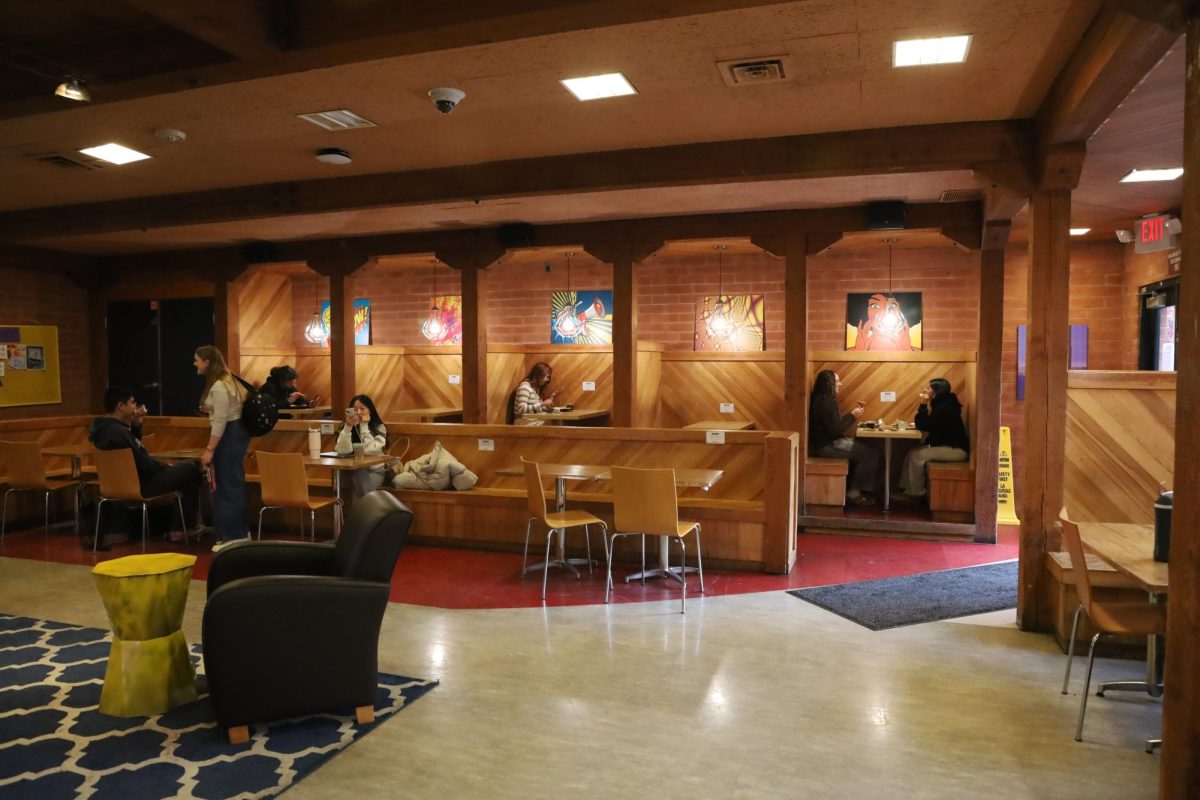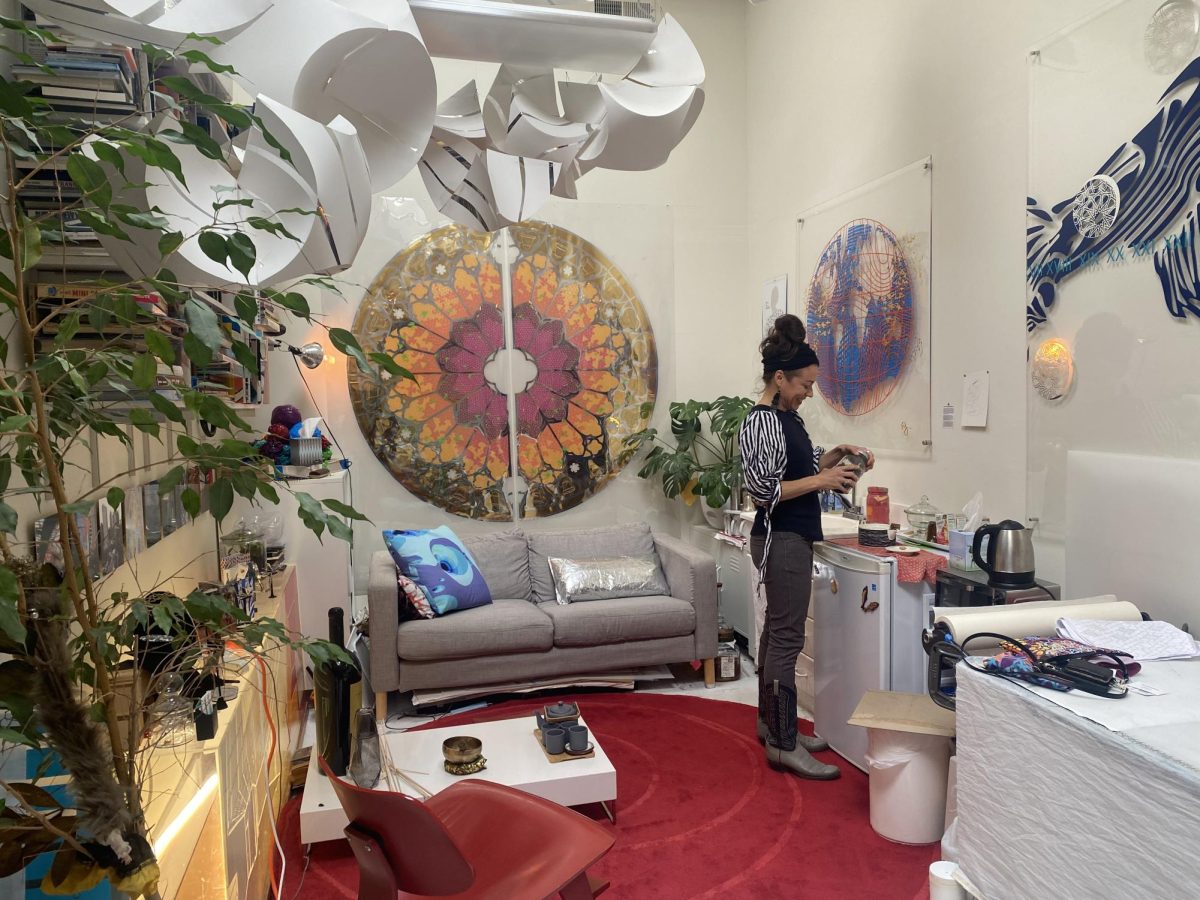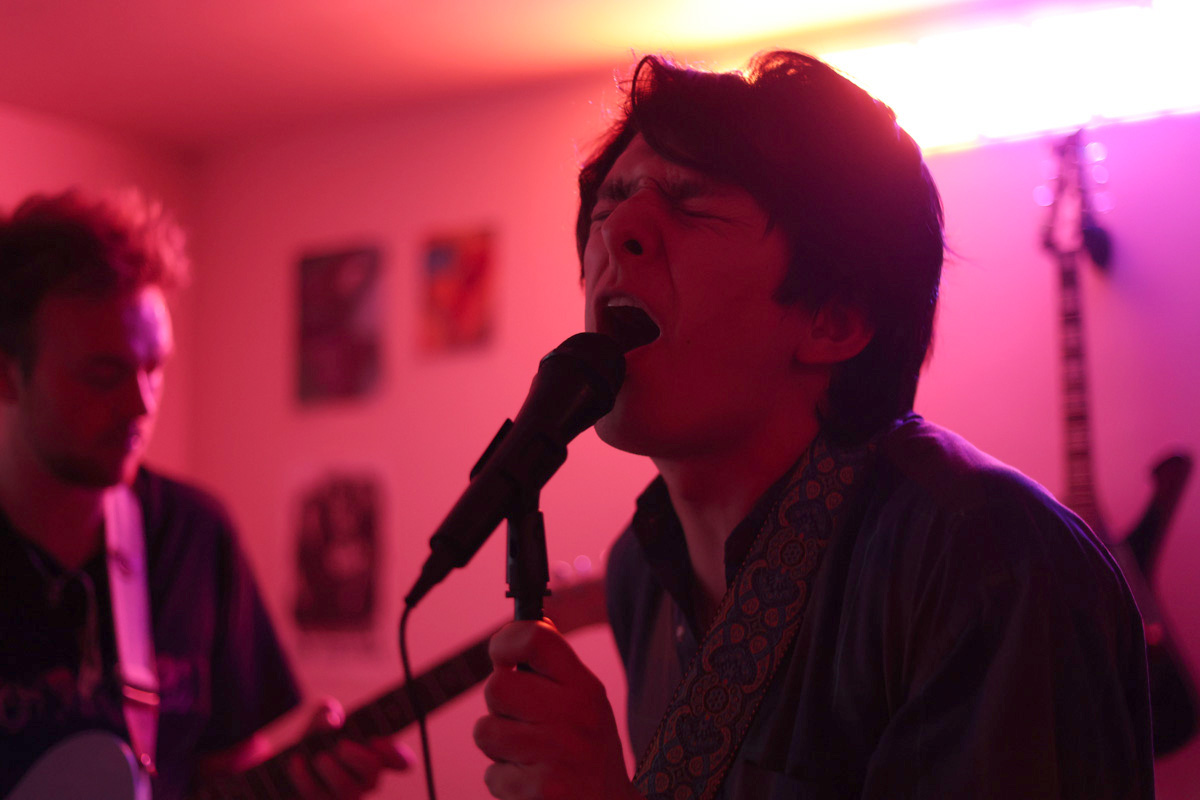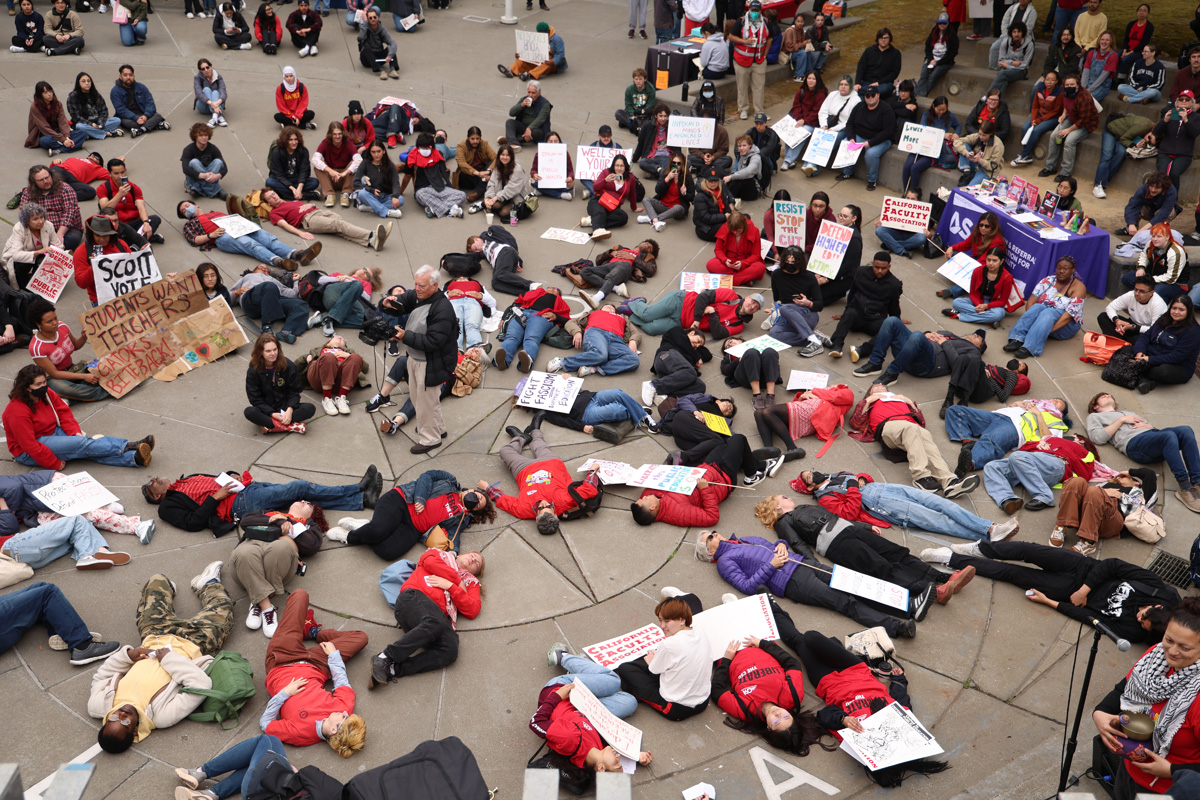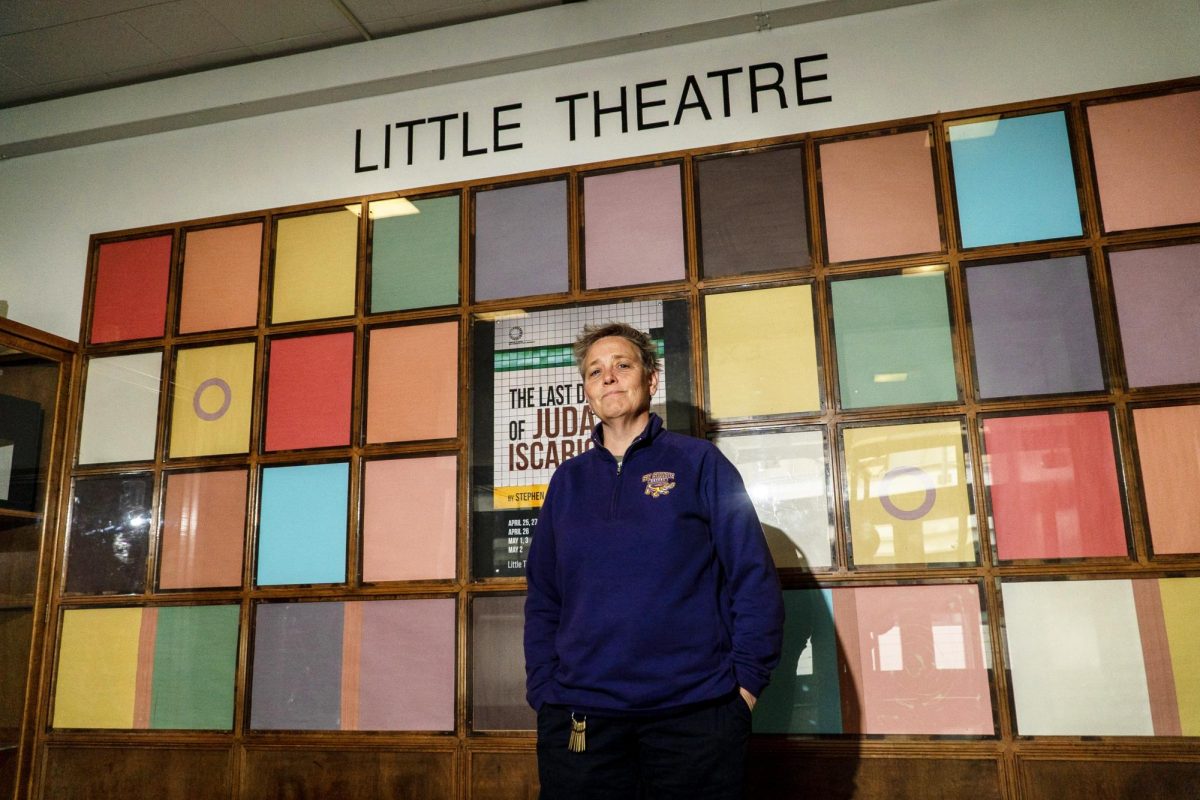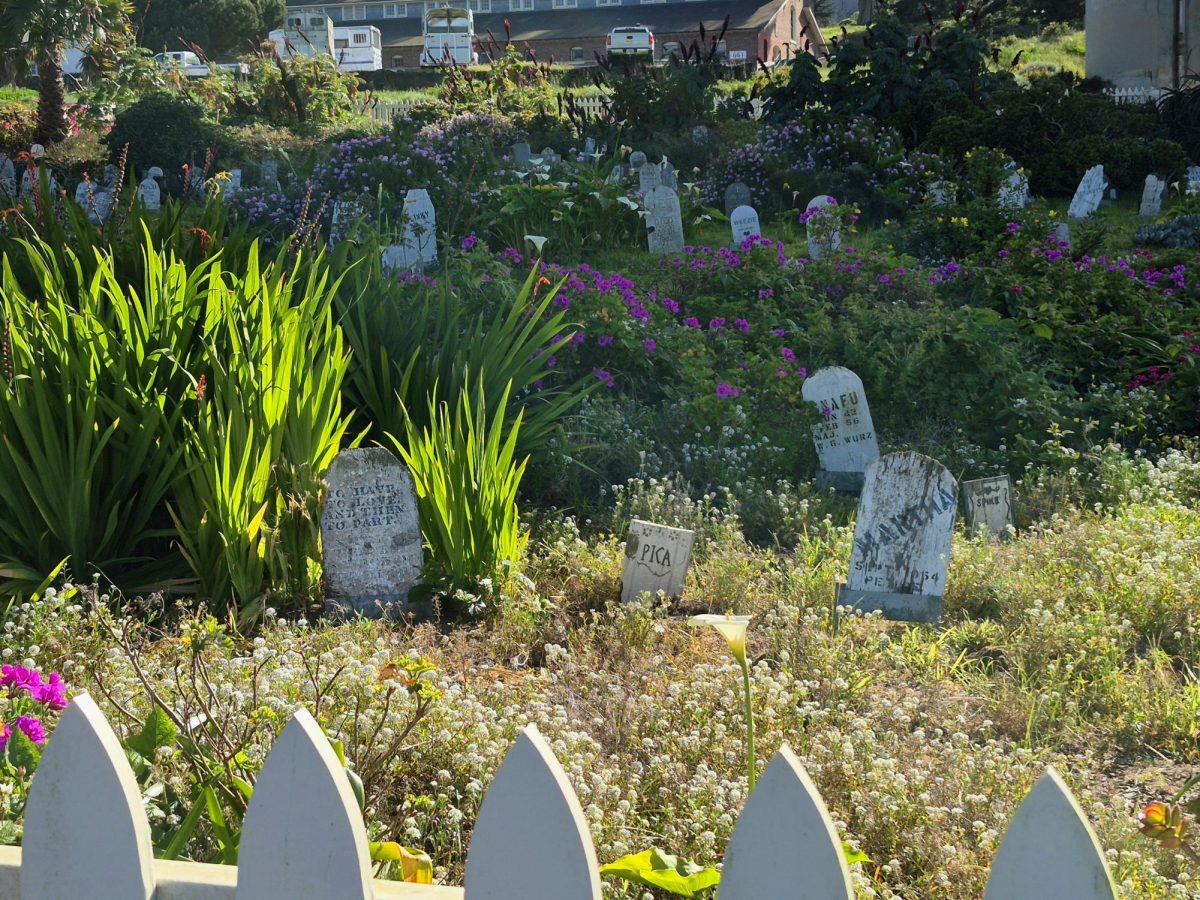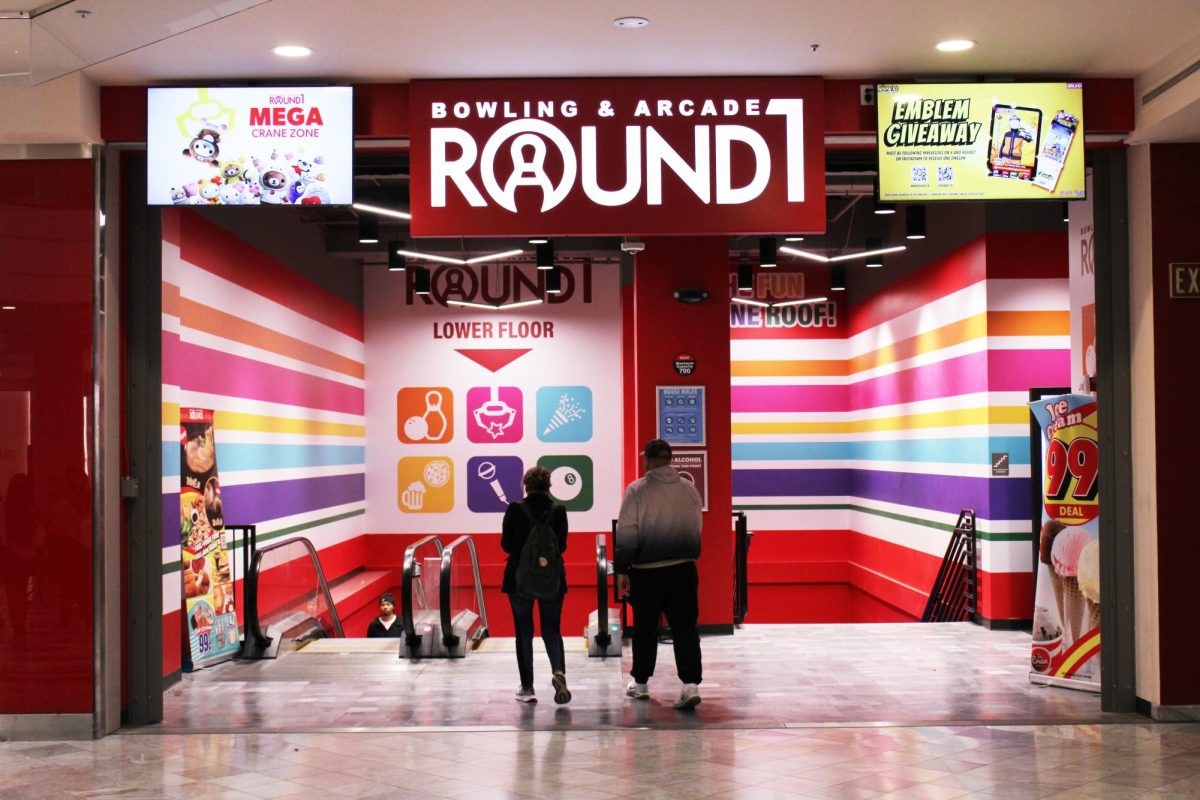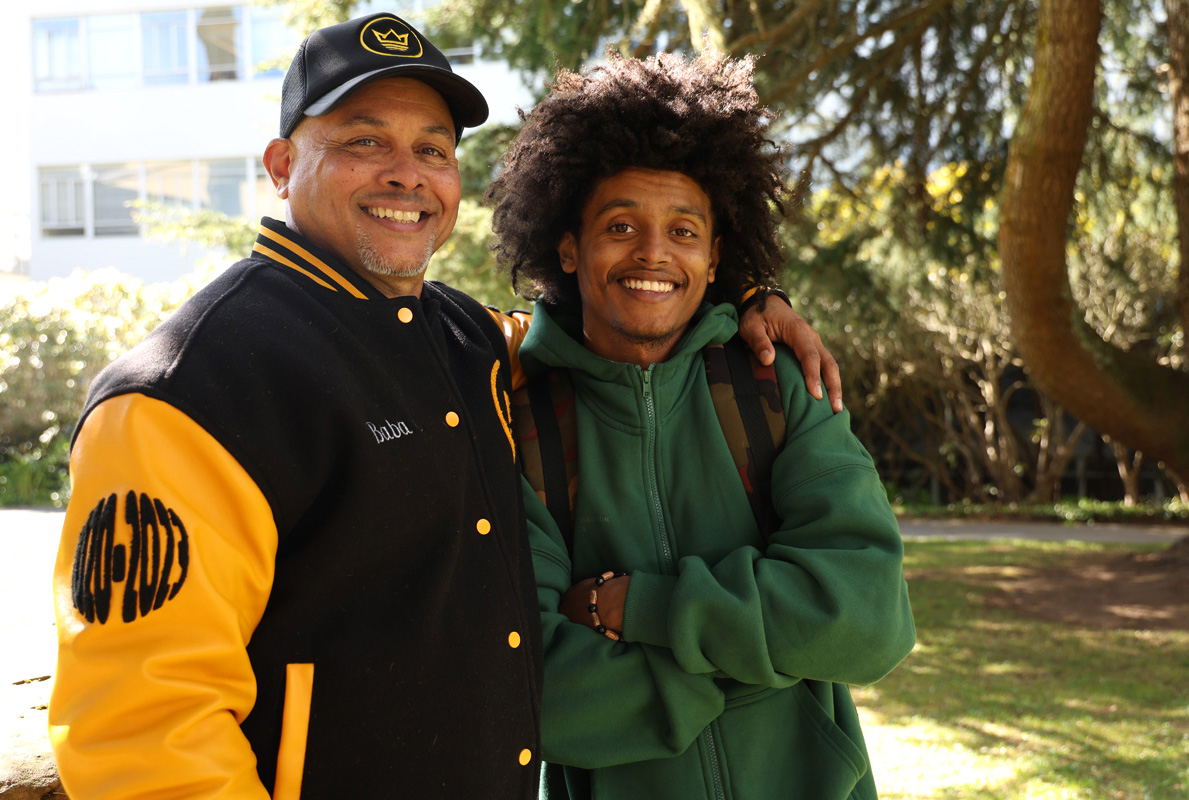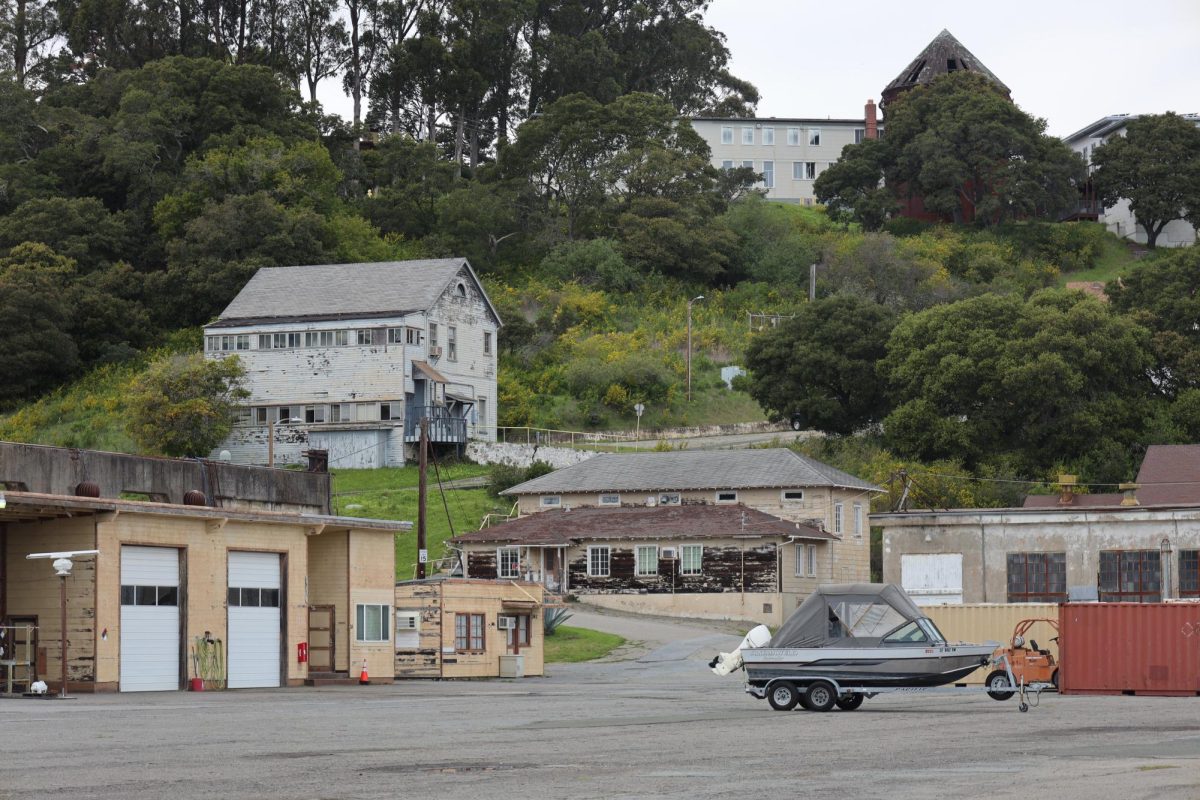The price of on-campus housing is more expensive than it should be, and there are plenty of cheaper alternatives off campus that students ought to consider. The convenience that living on campus offers is not worth the additional costs of the dorms. SF State has the chance to appeal to students by providing them with access to the city. By reducing the on-campus housing costs, the university would be able to capitalize on the city itself.
Governor Gavin Newsom announced in January a budget cut of $375 million across the California State University system. This comes during a time of declining enrollment at SF State, which has decayed from a headcount of 29,465 students to 22,357 from 2014-2024, a 24% decrease.
The city is the advantage. Compared to the locations of the other CSUs, San Francisco offers a dense nightlife and a myriad of activities. With the density of the city and the availability of its public transport, San Francisco is appealing to many students, as it allows them to get around easily.
Yet the amenities the city has to offer don’t come cheap. According to data compiled by Apartments.com, a studio apartment costs $2,289, with a one-bedroom costing $2,964, a two-bedroom $4,052 and $5,604 for a three-bedroom. Let it be known that these are the averages, and a quick check on Zillow will reveal many apartments well below this average.
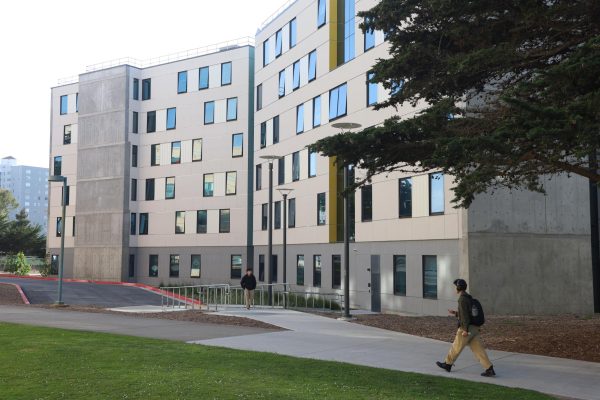
(Yoobin Shin/Xpress Magazine)
However, even if you compare the averages, housing at SF State isn’t cheaper. Starting at $1,350 monthly for a triple in West Grove Commons and Towers at Centennial Square, and maxing out at $2,348 for a single, efficient*, 3-4 bedrooms at Manzanita Square, with utilities included in these monthly payments. This means that if you’re someone who prefers to have their own bedroom, you’re better off looking for an apartment in the city.
If the average rent for a three-bedroom apartment in SF is split three ways, it would cost $1,868 per bedroom. Of course, it’s likely that one bedroom is larger than the others, and therefore someone ought to pay more a month. According to data from California Movers, the average utility cost of a three-bedroom apartment is somewhere between $225-$415 a month. This means, at worst, you’re paying $2,283 monthly, $65 cheaper than the cost of SF State equivalent to a three-bedroom apartment.
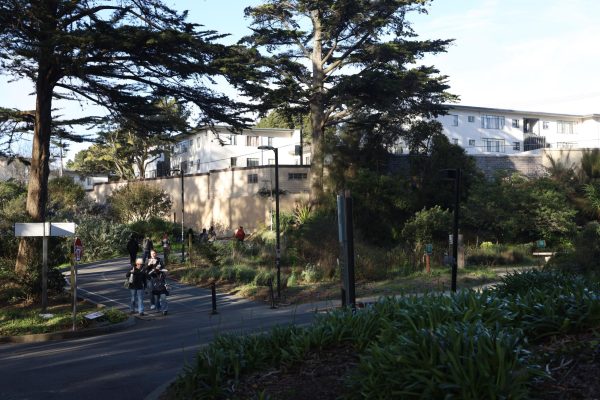
(Yoobin Shin/Xpress Magazine)
The cheapest doubles at SF State are in the Towers Junior Suites, at $1,350. This means splitting a bedroom off campus in a three-bedroom apartment would cost $1,141.50 a month, $208.50 cheaper. As of February 2025, there are currently 36 three-bedroom apartments in San Francisco listed between $3,000-$4,000 on Zillow. For around the same monthly price, students can get their own bedrooms off campus so long as they can find roommates to split the rent with. This would cost between $1,000-$1,333 a month, with an additional cost of utilities, which would also be split three ways and cost $75-$138 a month. The cheapest single bedroom on campus is $1,550 a month, in the Towers Junior Suites. It’s important to note that while this is cheaper, bedrooms in San Francisco vary in size, and may not provide adequate space for other furniture such as desks and wardrobes, which are accommodated in the West Grove Commons.
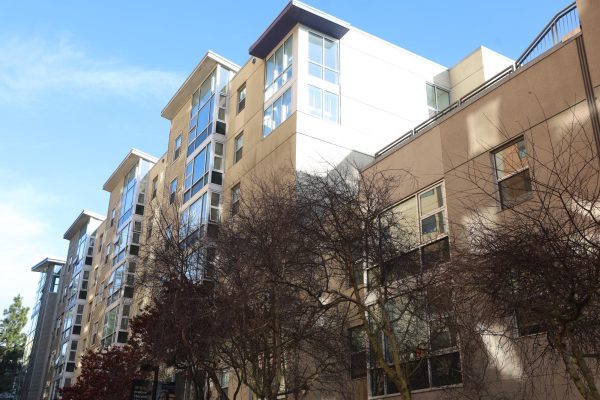
(Yoobin Shin/Xpress Magazine)
Yet, the amenities offered by SF State do not appeal enough to students when deciding on their colleges. According to a report done by Golden Gate Xpress in December 2023, 90% of the dorms were filled, during which the West Grove Commons were still under construction. At this time the student headcount was 23,700 according to data requested from SF State, a number that was reduced to 20,433 this spring, a roughly 13.8% reduction. Now, the West Grove Commons are 91% full as of this spring semester and were 96% full in the fall, according to an email sent to Xpress by Robert King, the director of communications at SF State.
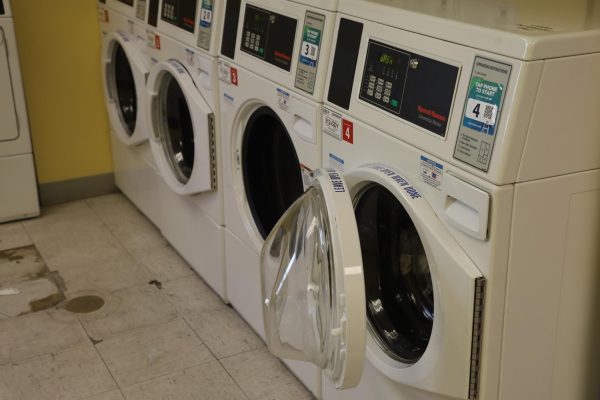
(Yoobin Shin/Xpress Magazine)
Xpress talked to a handful of students on campus about their housing situations.
The meal plan costs an additional $548-$562, depending on how many meals in a week you sign up for, according to the Towers at Centennial Square information sheet. This is on top of the initial cost of $1,350 on the 15th of each month for a two-bedroom triple, to $1,700 for a two-bedroom single. These dorms don’t inspire the confidence of all students.
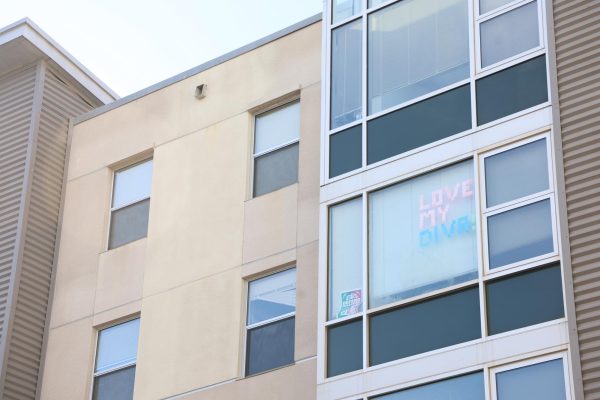
(Yoobin Shin/Xpress Magazine)
“I haven’t necessarily heard good things about the dorms,” Camila Francisco, a race and resistance major, said. She lives off campus with family. “Also it’s cheaper, a lot cheaper, and I get to have more agency over my room.”
She cited being housed for free and home-cooked meals for her enrollment into SF State.
“Every single member of my family, at some point or another, for a little bit or a long time came to [SF] State for something, and that’s also how I know the dorms are bad,” said Francisco. “They’re the exact same as when my dad went here.”
Additionally, on-campus housing provides an opportunity for students to meet people they are comfortable living with so they can venture into an off-campus housing situation in the future. This is the case for Tony Martinez, a business management major on the baseball team. He plans on living with other members of the baseball team in the future.
“I feel like that would probably be cheaper, because I would be splitting it with four other guys,” Martinez said.
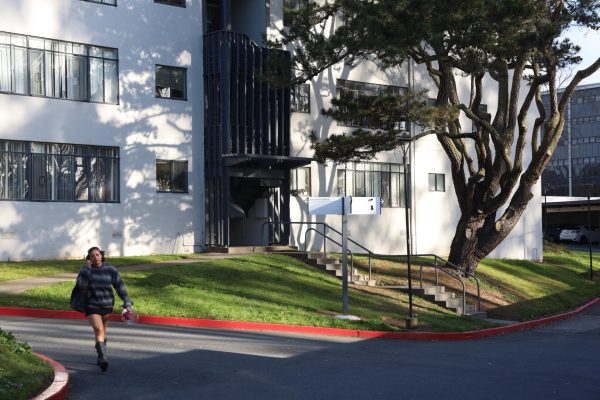
Elke Carlstroem, a sociology major who currently resides in the West Grove Commons, has her own problems with housing. She rated her experience at 4 out of 10. “The building doesn’t really seem finished. The fire alarm needs to go off all the time. We can’t use the kitchen unless we sign in, which we’re kind of paying a lot to live here, we should be able to use the kitchen.” She told Xpress that despite the possibility of finding a cheaper space off campus, she still worried about getting to class on time.
Though it’s not enough to offset the expenses of on-campus living, commuting comes with its own price. Dylan Wojsiat, a broadcast and electronic communications art major, is a student on financial aid who lives at home with his parents. Wojsiat does not believe that his parents would be able to afford on-campus housing. Wojsiat used to drive to campus, but has recently been taking BART more. “I drove for the last year, and that alone is – just to get to school you know, all the gas money, then I’d have to go over the Bay Bridge so that costs a toll, and then parking, it’s at least already $20 just to get to school.” Wojsiat believes if it was cheaper they would live on campus, as it would be more convenient.



